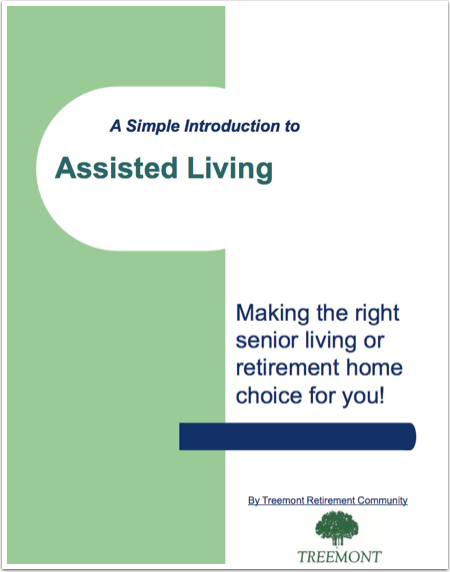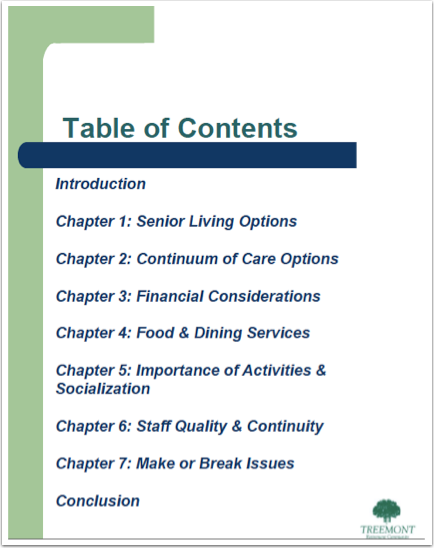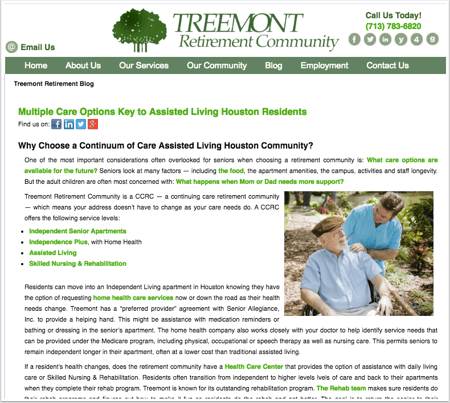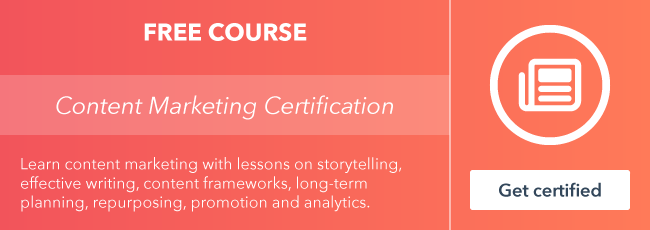An ebook is a strong piece of content mainly leveraged for the Awareness and Consideration stage of the buyer’s journey.

When learning how to write an ebook—or improve your current skill set—there are a lot of things to consider, including:
- Where does this fit in the buyer’s journey?
- How are you going to promote it?
- How long will it take to write?
- How long should it be?
- Where should you start?
What if I told you that you could create an ebook with a built-in promotional plan in fewer than two hours per week? Imagine how much more efficient of a content marketer you would be.
Follow the six steps below and you’ll be on your way to creating your next ebook.
Not so fast, before you put your fingers to keyboard and start this process, I assume you’ve already done your homework with identifying your content marketing plan. If you haven’t, then you should stop and do this first. Creating an ebook without a larger plan in place is like driving without a destination. No use in wasting gas. Pull over and do your homework.
1. Identify ebook theme, something that's relevant to your business
When you break it down, an ebook is just an idea with supporting topics. Start with a topic that you want to write about, something that can be easily expanded upon and supports your business offerings.
For example, Treemont Retirement Community, a senior living and assisted living community in Houston, TX, wanted to write a piece of content that provided an easy-to-understand introduction to assisted living.

Perfect. Treemont identified the overall theme of their ebook: A Simple Introduction to Assisted Living.
This ebook would serve as a top of the funnel offer, attracting visitors interested in learning more about alternative living options for the elderly.
2. Identify supporting topics that strengthen your ebook theme
Once you have a theme to work with, jot down as many supporting topics that you can think of that bring value to or strengthen your overall theme; the more the better.
Next, sift through the list of supporting topics and determine which topics provide the most value and flow well with each other. Think of this exercise like a puzzle; you’re looking for a list of pieces that when put together equal a larger picture, in this case, your ebook.
For example, Treemont chose the following supporting topics to strengthen their assisted living ebook theme:
- Senior Living Options
- Continuum of Care Options
- Financial Considerations
- Food and Dining Services
- Importance of Activities & Socialization
- Staff Quality and Continuity
- Make or Break Issues
Voila. This is what the outline of your ebook should look like: a strong theme with a supporting cast strong enough to be written about on its own, but when puzzled together, create a larger picture, Treemont’s introduction to assisted living ebook.

Also, remember all those supporting topics that didn’t make the cut? Don’t get rid of them. They’ll come in handy in the future, which we’ll discuss.
3. Write a blog post for each supporting topic
This may sound odd, but at this point forget about the ebook. The goal at this point is to focus on each blog post. If you create great blog content around your supporting topic, then you’re creating great content for your ebook. This is because each blog post will be repurposed into a chapter in your ebook.
For example, Treemont wrote a post “Multiple Care Options Key to Assisted Living Houston Residents,” which they repurposed in their ebook as a chapter component.

When thinking of how long each post should be, try and keep them short and to the point—think quality over quantity with at least a 300 word minimum. The goal of these blog posts is to engage the user just enough to want to learn more.
For example, a 300-500 word blog could be expanded to 1,000-2,000 words in your ebook. A helpful technique to keep your blog posts short and to the point is the use of bullet-pointed lists. Bullet-pointed lists allow you to list out multiple ideas, making it easier to expand upon later.
The beauty of this approach is you are developing your ebook over time through a series of blog posts (i.e. two hours per week). And because it takes time—usually 3-4 weeks for Google to index a page—by the time you have all of the blog posts written for your ebook and it’s launched, you should have received rankings on search engines.
To make the process easier, consider using HubSpot's calendar tool to organize your blog post editorial schedule. Staying organized will help keep you on track and pace towards your end goal.
Lastly, every post should have a relevant call-to-action, otherwise it’s a missed opportunity. Because you’re writing each blog post before the ebook is compete, consider inserting another relevant call-to-action until the ebook is available. If you don’t have one, then promote subscribing to the blog.
4. Repurpose your blogs posts into ebook chapters
Once you have written a blog for each supporting topic, you have the majority of the content you’re going to need for your ebook.
Next, you’ll want to identify an ebook template to house all of your information. HubSpot offers various free ebook templates in our marketing library to help you get started. This way you can focus more on the writing as opposed to format and design.
Once you’ve determined an ebook template, below is a list of steps on how to best approach completing your ebook:
- Open ebook template
- Update table of contents to reflect each chapter
- Copy and paste blog material as a chapter
- Read through each chapter and expand upon content. If you used bullet pointed lists, then focus on further explaining each point. This is the most efficient way to expand upon content.
- Write an introduction
- Write a conclusion
- Update design elements to reflect your brand platform
5. Update your blog post call-to-actions
The beauty of a blog is it can easily be updated. Once you have created a conversion funnel to host your ebook, go back to each supporting topic blog post and update call-to-actions accordingly.
HubSpot makes this process quick and painless, as you can create and insert a call-to-action while you're in the COS blog. This helps minimize additional steps, giving you more time in the day to do other marketing activities.
As an example, once Treemont launched their ebook, they inserted a call-to-action to promote it.

6. Always be promoting your ebook
Now that you have an ebook, you’re going to want to promote it often. Think of your ebook like a gas tank and your promotion of it as the fuel. Your ebook needs fuel to keep moving, to survive. Make sure to give it the attention it needs and deserves.
If you really want to make an impact, create a series of social streams in the social monitoring tool targeting keywords and hashtags that are relevant to your ebook and brand. This way you can bring value to an existing conversation or start a new one, which helps create a positive first impression for your brand.
Remember those supporting topics that didn’t make the cut? Well, they’re still relevant to the ebook theme aren’t they? Say hello to a facet of your blogging calendar. Now, you have a list of blogging ideas you can use to drive attention to your ebook.
As an example, Treemont originally identified 50+ supporting topics for their ebook. Not only do they have a series of blogs pointing to a highly relevant offer, but also, and more importantly, Treemont identified a long-term blogging calendar to continue promoting their offer.
And that’s it! Follow the six steps above will help you launch an ebook in small digestible chunks with a built in promotion plan.
What efficiency tips do you have for creating ebooks? Please let us know in the comments field below.
If you want to learn how to reverse engineer your first ebook through a series of blog posts and need additional help, then check out the helpful HubSpot Academy project below.
